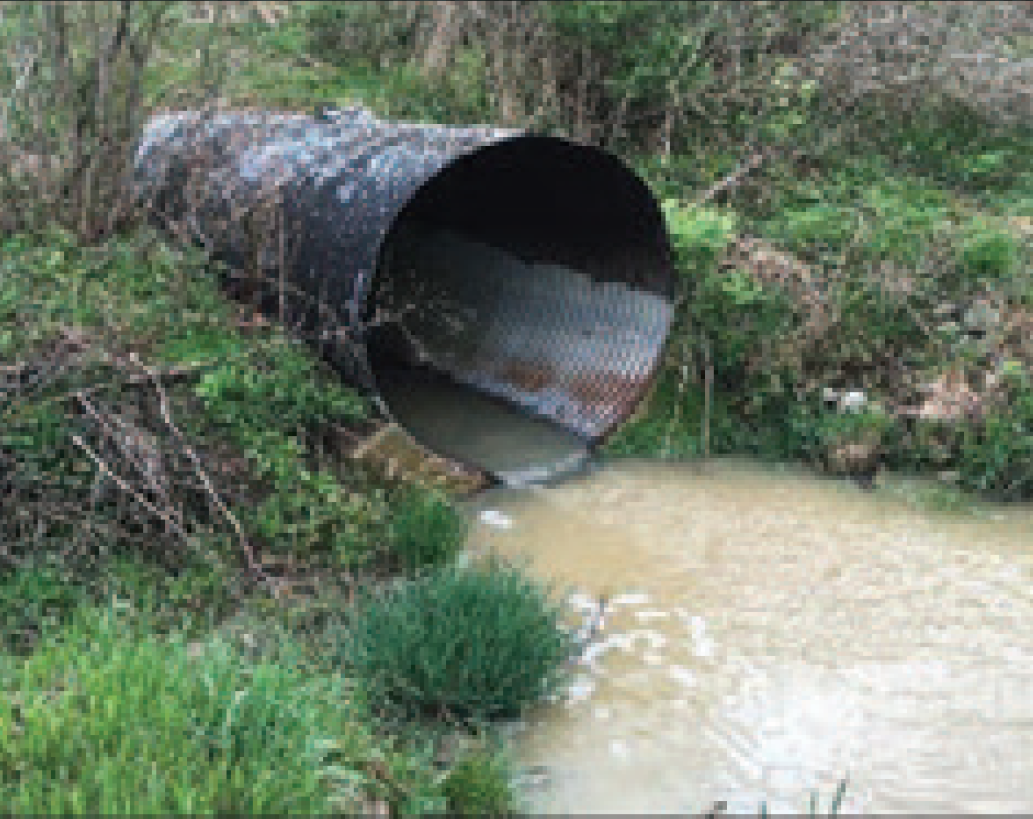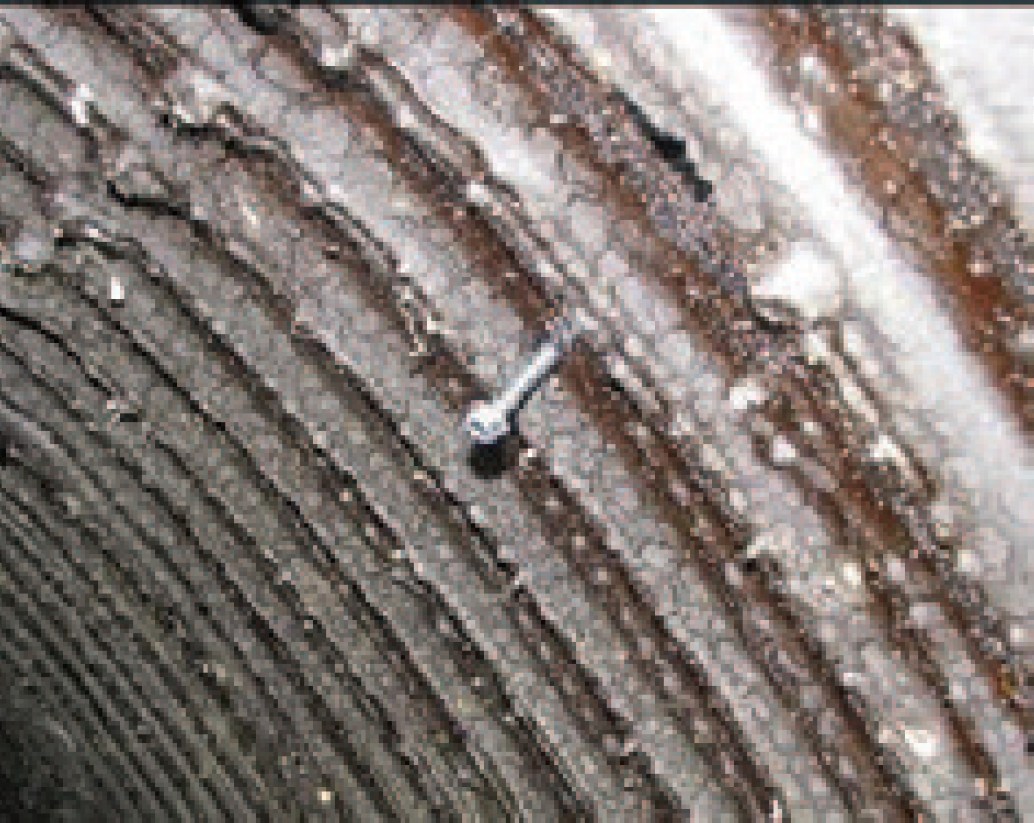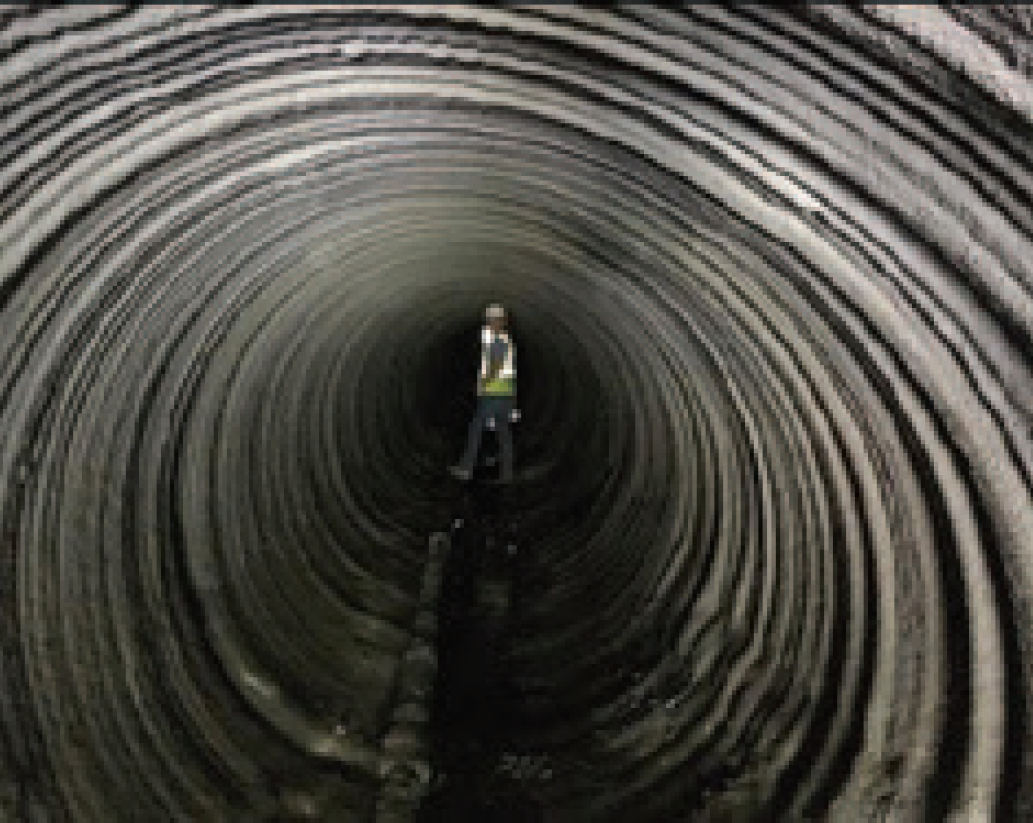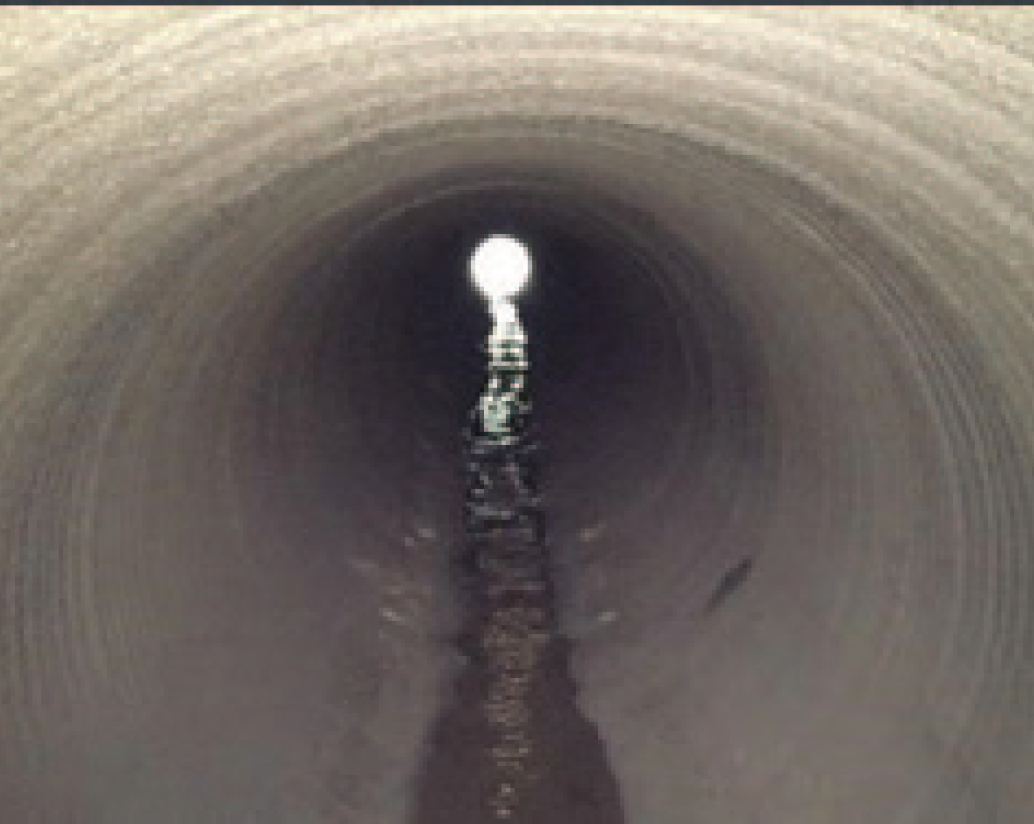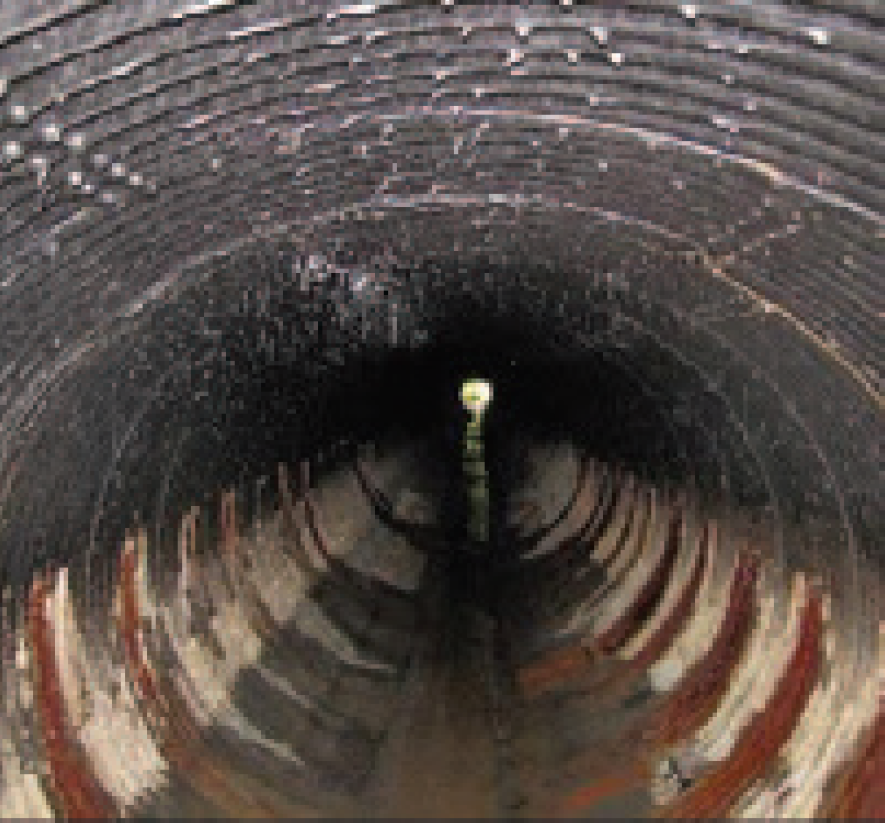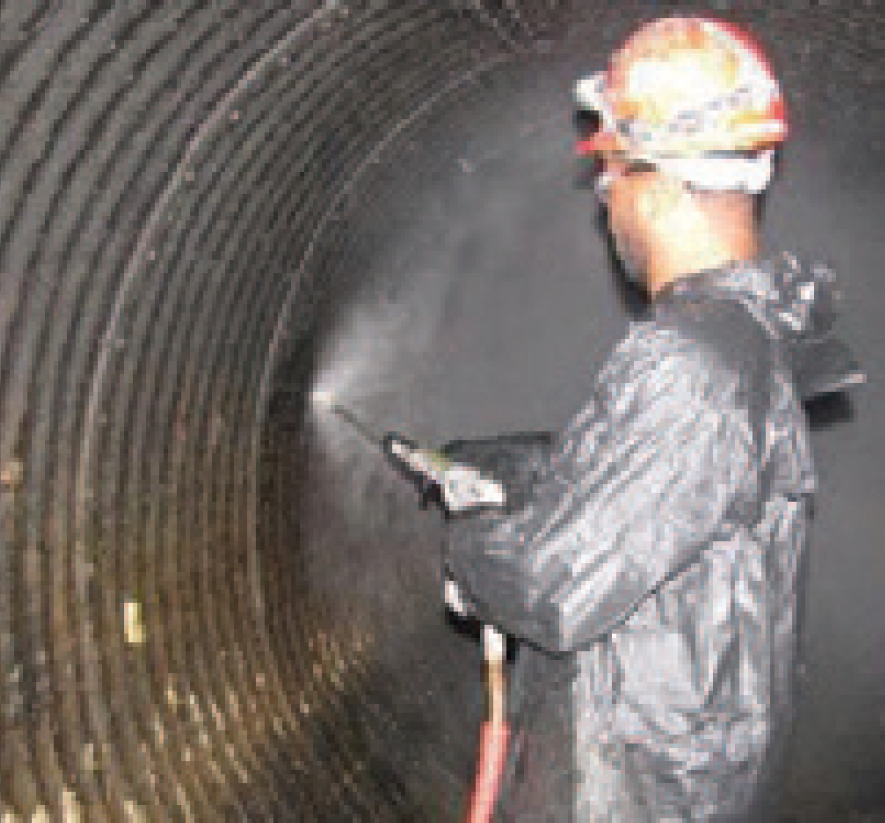WATER/WASTEWATER
PROJECT OVERVIEW
The Indiana Department of Transportation (INDOT) had a series of culverts along US Highway 31 in northwestern Indiana in need of rehabilitation. It specified various pre-approved options based on the physical state of the culverts, the access to the inlet and outlet and hydraulic concerns. One of these culverts was a 78-inch CMP segmented pipe installed in the late 1970s. The pipe had at one point been lined with asphalt and the invert was cracked and worn. From this damage, it was showing severe ovality under one of the traffic lanes of the highway. The decision by INDOT was originally to slip line the pipe. While the solution did meet the structural needs of the road, the loss of a waterway created a secondary hydraulic concern. Part of the project proposed a second 36 inch culvert to be bored under the highway so the expected hydraulic flows could be properly handled and not cause additional problems to the roadway.
SOLUTION
The second 36-inch pipe made the project much more challenging and costly to the DOT. The DOT also worried about additional maintenance costs and inspections required with adding a new 36 inch culvert to its inventory. The contractor that had won the bid made an alternative proposal to the state to line the pipe with GeoSpray geopolymer mortar. This could provide both the needed structural capacity and have significantly less effect on the hydraulic flow of the pipe than the slip-line solution. Additionally, this solution would allow the DOT to avoid drilling under the highway and install a second parallel culvert. The state reviewed the hydraulic calculations and agreed on a GeoSpray mortar lining that would be centrifugally cast to a thickness of at least 1.5 inches.
The active flow through the pipe could not be by passed around the busy highway. An internal by pass pipe was set up at the center of the pipe invert so that the pipe could be dewatered and the geopolymer could be applied without flowing water. First, the pipe was prepared by cutting any hanging or loose sections of the existing asphalt coating. Then it was pressure washed to remove loose debris. The pipe had a few areas of infiltration near the springline under the highway median that were plugged using hydraulic cement and a water-activated grout.
Once the pipe was prepared, the GeoSpray liner was applied over three passes with approximately 0.5 inches being applied during each pass. Each pass of the 310 linear foot culvert took approximately five hours. Once the full liner was applied, the by-pass line was moved out of the center of the invert and additional material was filled into any areas that were shielded by the by pass pipe.
RESULTS
The complete application took approximately one week from start to finish, with no disruption to traffic on the highway above. The DOT inspected and approved the final application and is looking into other areas where the technology will provide economic benefits to the state’s infrastructure rehabilitation budget.
PROJECT DETAILS
Application: Highway Culvert
Client: Indiana DOT
Location: Peru, IN
Installation: May 2016
Contractor: MidWest Mole
